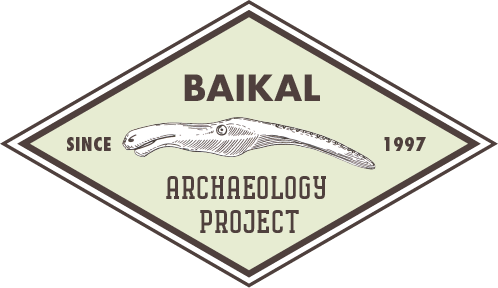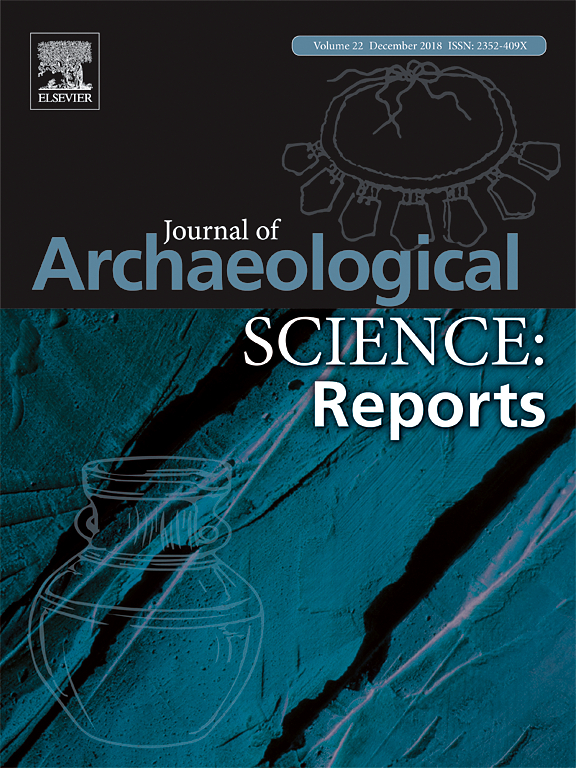Congratulations to Rebecca Bourgeois on her recent article published in the Journal of Archaeological Sciences: Reports June 2021! Also congratulations to BAP co-authors Vladimir I. Bazaliiskii, Hugh McKenzie and Angela Lieverse.
Title: A four-stage approach to re-associating fragmented and commingled human remains
Authors: Bourgeois RL, Bazaliiskii VI, McKenzie H, Clark TN, Lieverse AR
Abstract: Bioarchaeological and forensic anthropological methods are limited in their ability to re-associate human skeletal remains that have been both fragmented and commingled. Although many methods for individualizing commingled remains exist, they are rendered ineffective when the level of fragmentation is high. In these contexts, human remains are often approached similarly to faunal assemblages, regarded as sets of fragmented elements rather than as groups of fragments representing an individual. This paper introduces a new, four-stage approach to identifying discrete individuals from unintentionally fragmented and commingled human remains and salvaging information from highly disturbed cemetery contexts. These stages include documentation, grouping, analysis, and evaluation, each incorporating multiple methods so as to be applicable to a wide variety of assemblages or data availability. Through this process, quantitative analyses are used to evaluate qualitative groupings. This method is applicable to skeletal collections of varying levels of preservation. To demonstrate its application, we apply this methodology to an Early Neolithic (7560–6660 HPD cal. BP) hunter-gatherer cemetery, Moty-Novaia Shamanka (MNS), located in the Cis-Baikal region of Siberia, Russia. MNS was destroyed in the 1990s for urban development and flood management, leaving the ancient skeletal remains severely fragmented and commingled. Our results identified five discrete individual groupings from 1245 human bone fragments, and eight further groupings of related fragments. Through a process of elimination, it was determined that these groupings represented at least seven distinct people. The methodological approach of this study challenges our perception of the informative value of fragmented and commingled human remains and provides an example of how future studies could approach individualization in situations where most context has been lost.
Congratulations to Rebecca and co-authors!
Rebecca is a former BAP Master’s student. You can see her profile here: https://baikalproject.artsrn.ualberta.ca/team/bourgeois-rebecca/?portfolioCats=5%2C6%2C7%2C8%2C9


